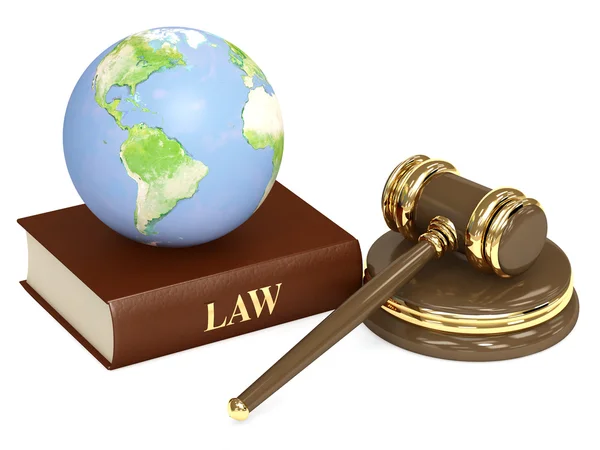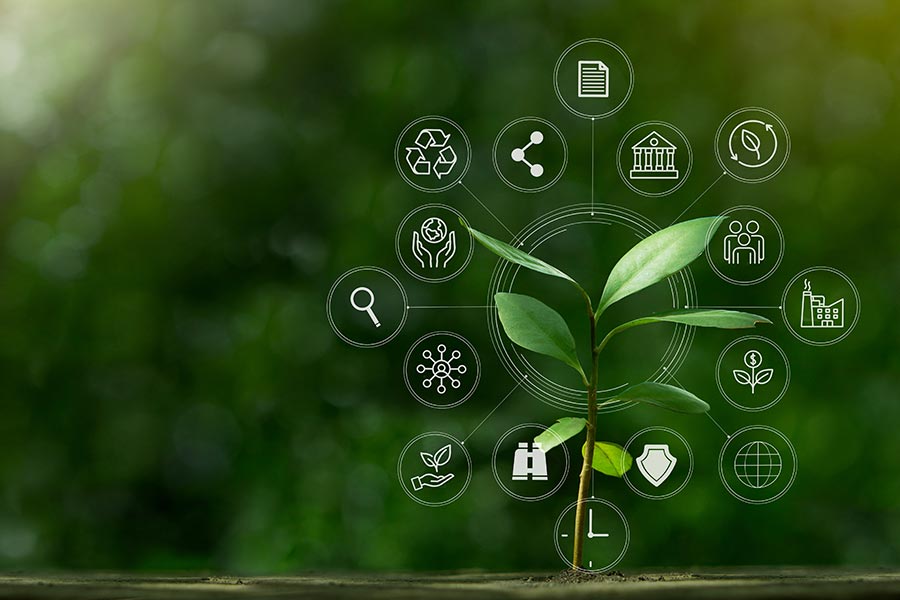Water is one of the most valuable resources on Earth. We need it to drink, grow food, generate electricity, and support industries. But who actually owns water? The answer isn’t simple. Legal conflicts over rivers, lakes, and private ownership have been happening for centuries, and as water becomes scarcer, these disputes are only growing more intense.

Who Owns Water?
Water is unique because, unlike land or buildings, it doesn’t stay in one place. Rivers flow across multiple states and even countries. Lakes may be shared by different communities. Groundwater moves underground, crossing property lines. Because of this, figuring out who owns water is a legal puzzle that varies depending on location and historical rights.
In general, water rights fall into two main legal systems: riparian rights and prior appropriation rights.
Riparian Rights
Under the riparian rights system, people who own land next to a body of water have the right to use that water, as long as they don’t significantly harm others who also rely on it. This system is common in Eastern U.S. states and in many other humid regions where water is plentiful.
For example, if you own property along a river in Georgia, you can take water for personal use, farming, or small businesses, as long as you don’t reduce the supply so much that it negatively affects your neighbors downstream.
While this system seems fair, problems arise when landowners disagree on how much water can be taken. If one property owner starts using large amounts of water for a business or irrigation, others may claim their rights are being violated. Courts often step in to settle these disputes, leading to long legal battles.
Prior Appropriation
The prior appropriation system is different. Instead of giving water rights to those who own land next to the water, this system grants rights based on who used the water first. This system is common in Western U.S. states and other dry regions where water is limited.
For example, if a farmer in Colorado started using a river for irrigation in 1900, they would have the first legal right to that water, even if someone else moved next to the river in 1950. This means that newer users can only take water if it doesn’t affect those with older claims.
This system has led to intense legal conflicts, especially as water demand increases. Cities, farmers, and businesses often fight over who has the senior water rights, and during droughts, those with older rights may cut off supply to newer users, even if those newer users desperately need water.
Fights Over Rivers
Rivers are a common source of legal battles because they flow through multiple regions, meaning different states or even different countries claim the right to use the same water.
- State vs. State Battles. One of the most well-known examples of state conflicts over rivers is the ongoing Colorado River dispute. The Colorado River supplies water to seven U.S. states, including California, Arizona, and Nevada. Each state has a legal right to a certain amount of water, but with population growth and climate change reducing water availability, states are constantly arguing over who should get more and who should get less. Another example is the Tri-State Water Wars between Georgia, Florida, and Alabama. The fight is over two river basins that supply drinking water, power generation, and agriculture. Georgia, which includes the massive city of Atlanta, wants more water to support its growing population. Florida and Alabama argue that Georgia’s water use is harming their agriculture and fishing industries downstream. The battle has been in court for decades, and there’s still no permanent resolution.
- International Water Conflicts. Rivers that cross national borders can cause international conflicts. The Nile River, for example, flows through multiple African nations. Egypt has historically had the largest claim over the Nile’s waters, but upstream countries like Ethiopia and Sudan argue that they need more water for their own development. Ethiopia has even built the Grand Ethiopian Renaissance Dam, sparking tensions between the nations over how much water should be controlled and who gets to decide.
Lakes
Lakes can also be the center of legal disputes, especially when private property and public access collide.
- Public Access Issues. In many places, lakes are considered public property, meaning people should have the right to boat, fish, and swim in them. However, some wealthy landowners or businesses try to restrict access to lakes, claiming that only certain people should be allowed to use them. This has led to lawsuits over whether private landowners can block the public from enjoying natural water sources. For example, in the U.S., some landowners near Lake Michigan have tried to prevent the public from using the shoreline, arguing that their property extends to the water. Courts have ruled that Great Lakes shorelines are public property, but the fight continues in many areas over who truly controls lake access.
- Pollution and Responsibility. Lakes are also at the center of pollution-related lawsuits. If a business dumps toxic chemicals into a lake, it can harm drinking water supplies, kill wildlife, and make people sick. The legal question then becomes: Who is responsible?
In some cases, companies are held accountable under environmental laws like the Clean Water Act, but proving responsibility can be difficult. If multiple businesses or farms contribute to pollution over time, it can take years of legal battles to determine who should pay for the cleanup.
Groundwater
Unlike rivers and lakes, groundwater is invisible, making it one of the most difficult water sources to regulate. Groundwater sits beneath the surface in underground reservoirs, supplying wells and natural springs.
In many areas, people rely on groundwater for drinking, farming, and industry. However, overuse of groundwater is a growing problem, especially in dry regions where it’s being depleted faster than it can be replenished.
- The Problem of Over-Pumping. A major legal issue with groundwater is who gets to pump how much. If a farmer drills a well and pumps massive amounts of water, nearby wells may dry up, leaving other residents or farmers without water.
For example, in California’s Central Valley, a region known for agriculture, some farmers have drilled deeper and deeper wells to extract groundwater during droughts. This has caused land subsidence—where the ground physically sinks due to too much water being removed. This has led to legal battles between farmers, city governments, and environmental groups over how to regulate groundwater use.
- Conflicts Between States and Private Owners. Some states have strict groundwater laws, limiting how much water people can pump. Others have “rule of capture” laws, meaning whoever pumps the water first gets to keep it, even if it negatively affects their neighbors.
One of the biggest groundwater fights has been in Texas, where landowners claim the right to pump as much water as they want, while cities argue that unrestricted pumping threatens long-term water supplies.
Final Thoughts
Legal conflicts over water will only become more common as demand increases and supply decreases. Whether it’s rivers, lakes, or groundwater, questions over who owns water, who controls it, and how it should be used will continue to shape laws, policies, and even relationships between communities and nations. The challenge is finding a balance that ensures everyone—businesses, farmers, cities, and the environment—has access to the water they need without causing long-term damage to this precious resource.

